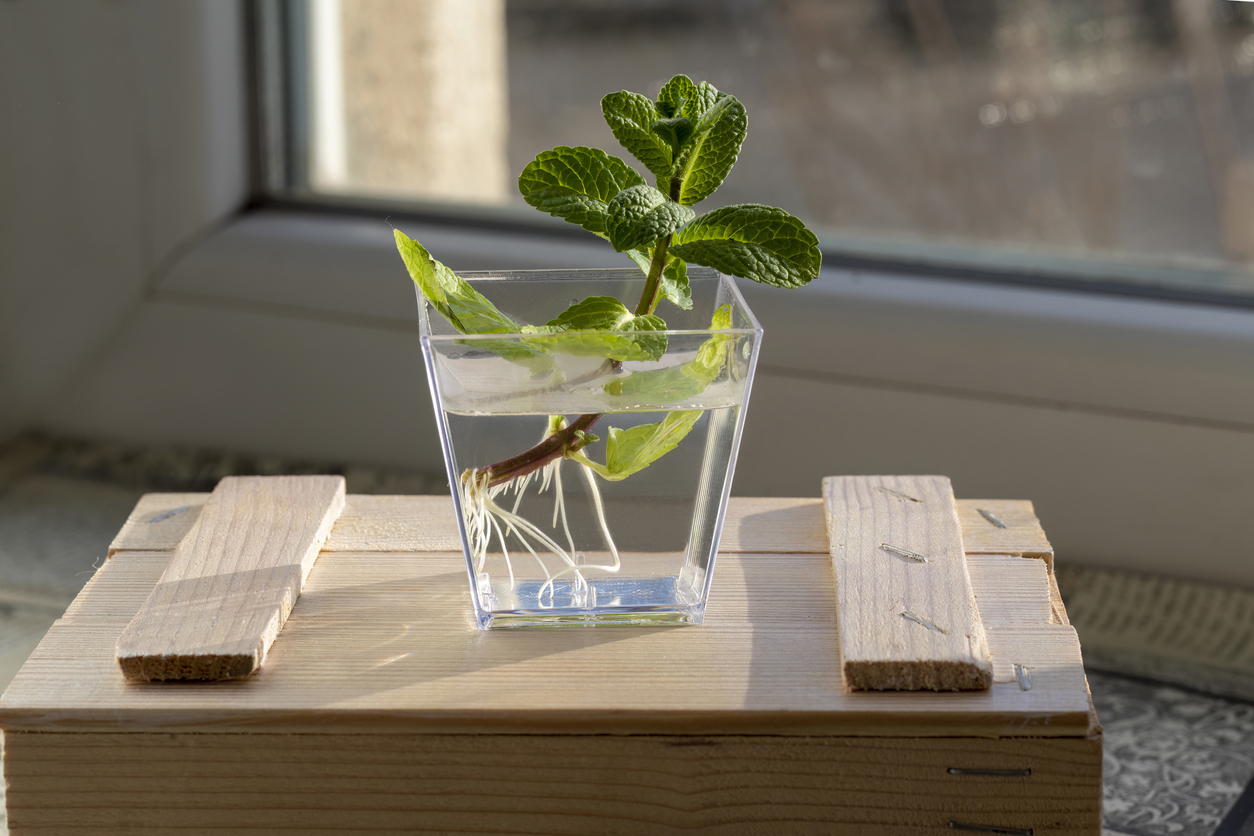
Plant Propagation
Students will learn about two types of plant propagation – seed planting (sexual) and stem cuttings (asexual) and recognize the genetic differences in these processes, as well as the advantages and disadvantages of each method.

Students will learn about two types of plant propagation – seed planting (sexual) and stem cuttings (asexual) and recognize the genetic differences in these processes, as well as the advantages and disadvantages of each method.
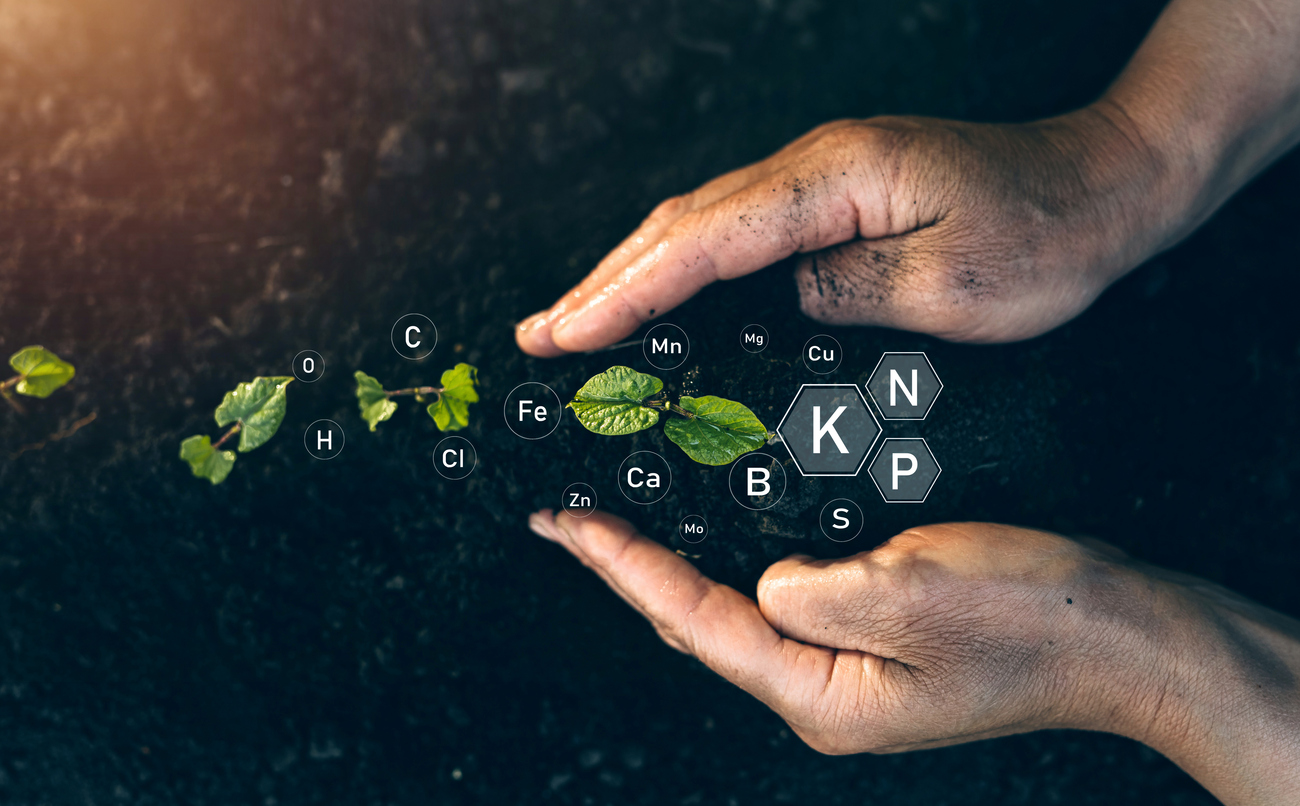
In this lesson, students will gain background knowledge of the nutrient requirements of plants, how those nutrients are obtained by the plant, what farmers must do if the nutrients are not available in soils, and current issues related to agricultural production.
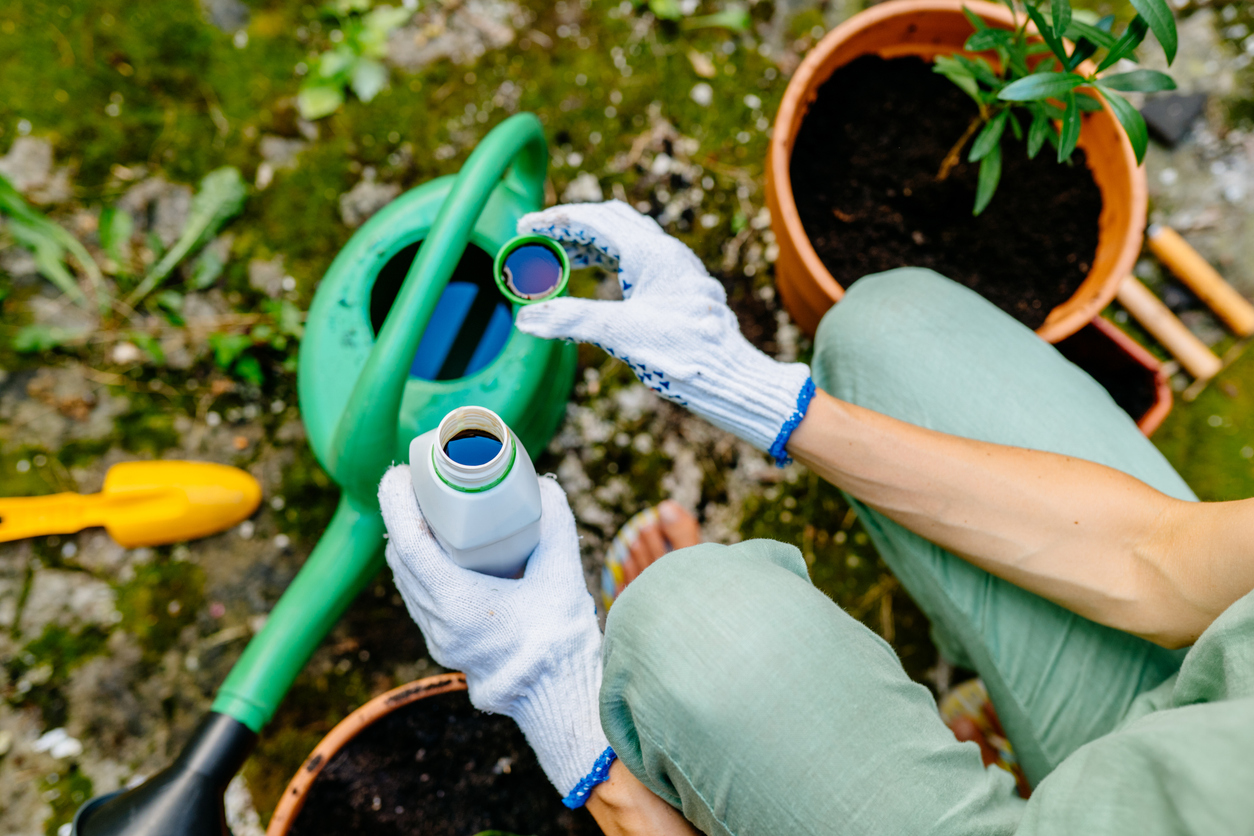
In this lesson, students will understand concepts about solutes, solvents, and parts per million as they learn how fertilizer solution is properly calculated and applied.
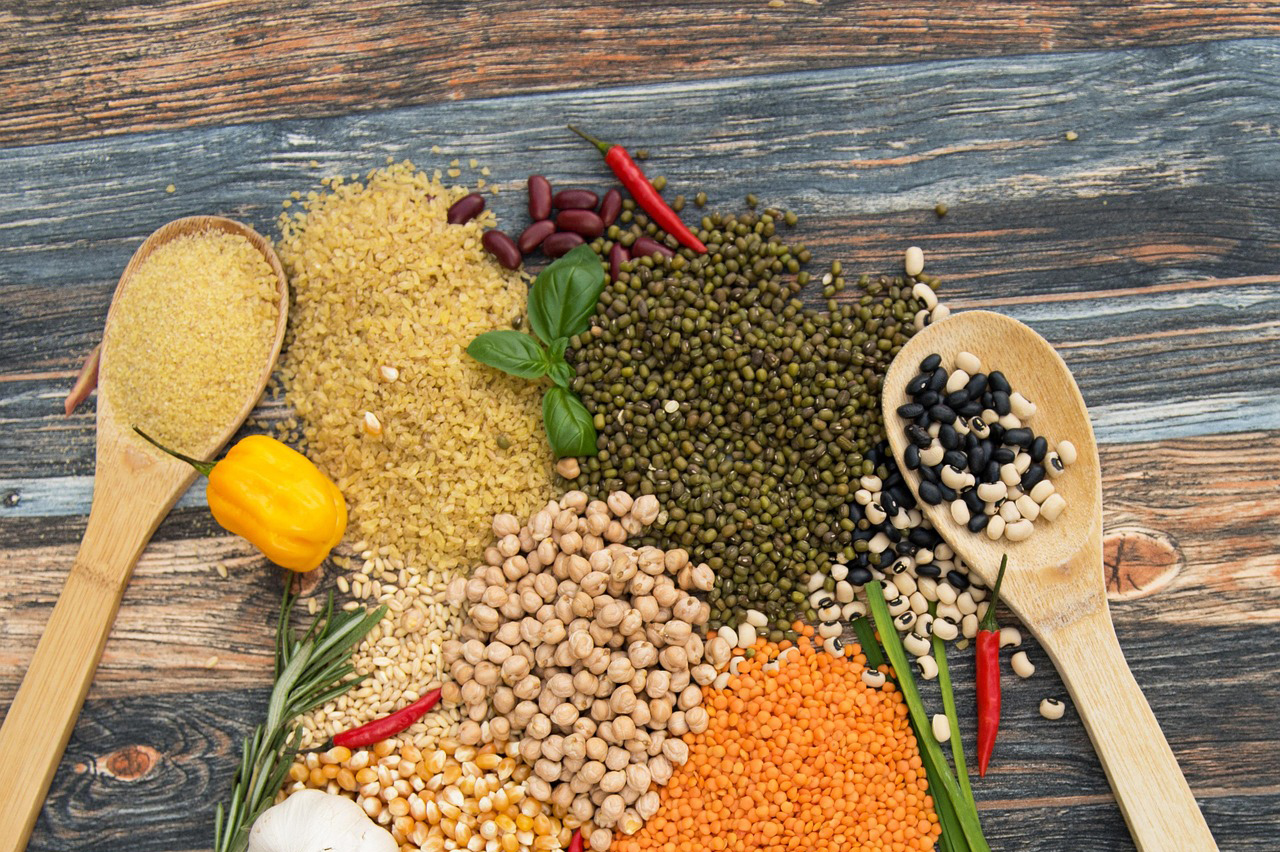
This lesson introduces agriculture as a managed system that has environmental impacts, and how farmers employ practices such as growing pulses to minimize these impacts.
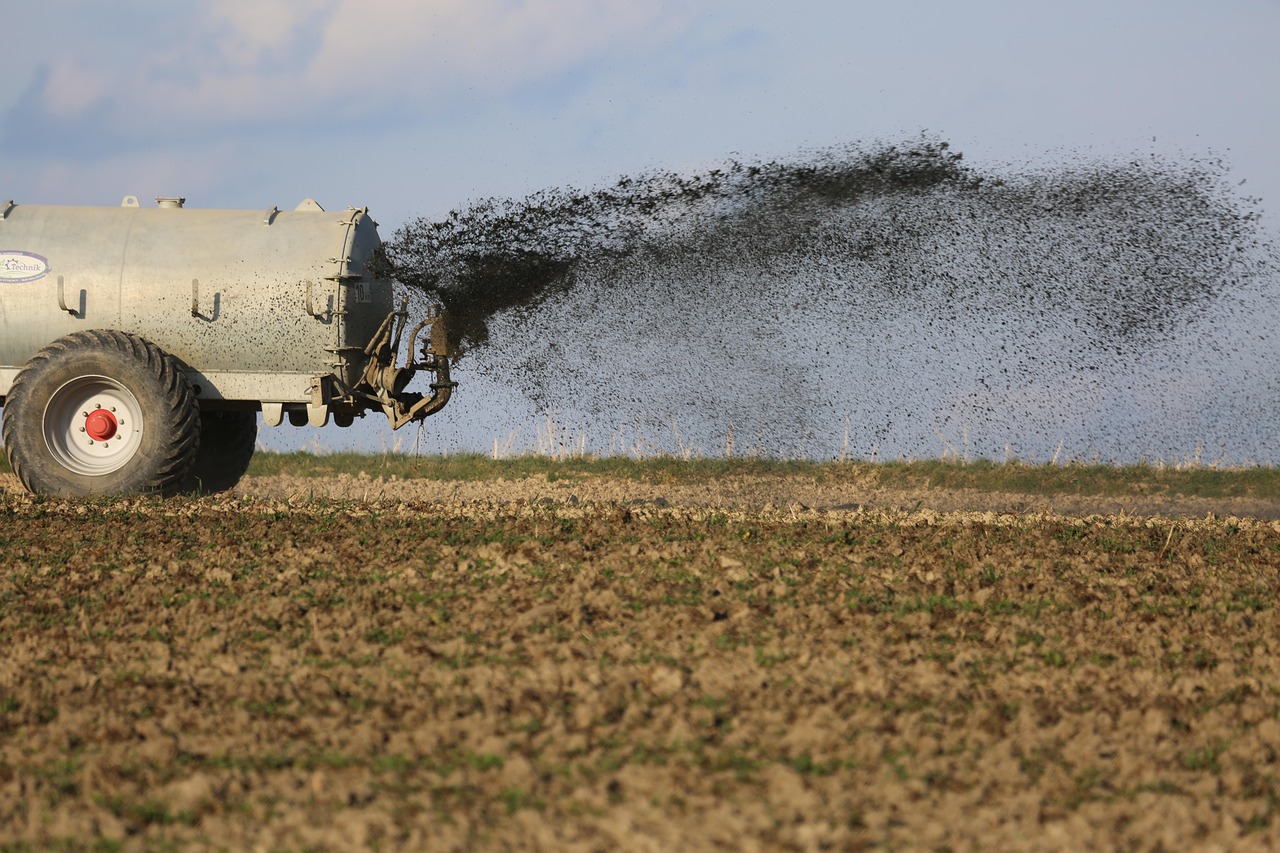
In this lesson students will understand that plants require nutrients in the proper concentrations. Students will discover that plants can be damaged or killed by either too many or too few nutrients.
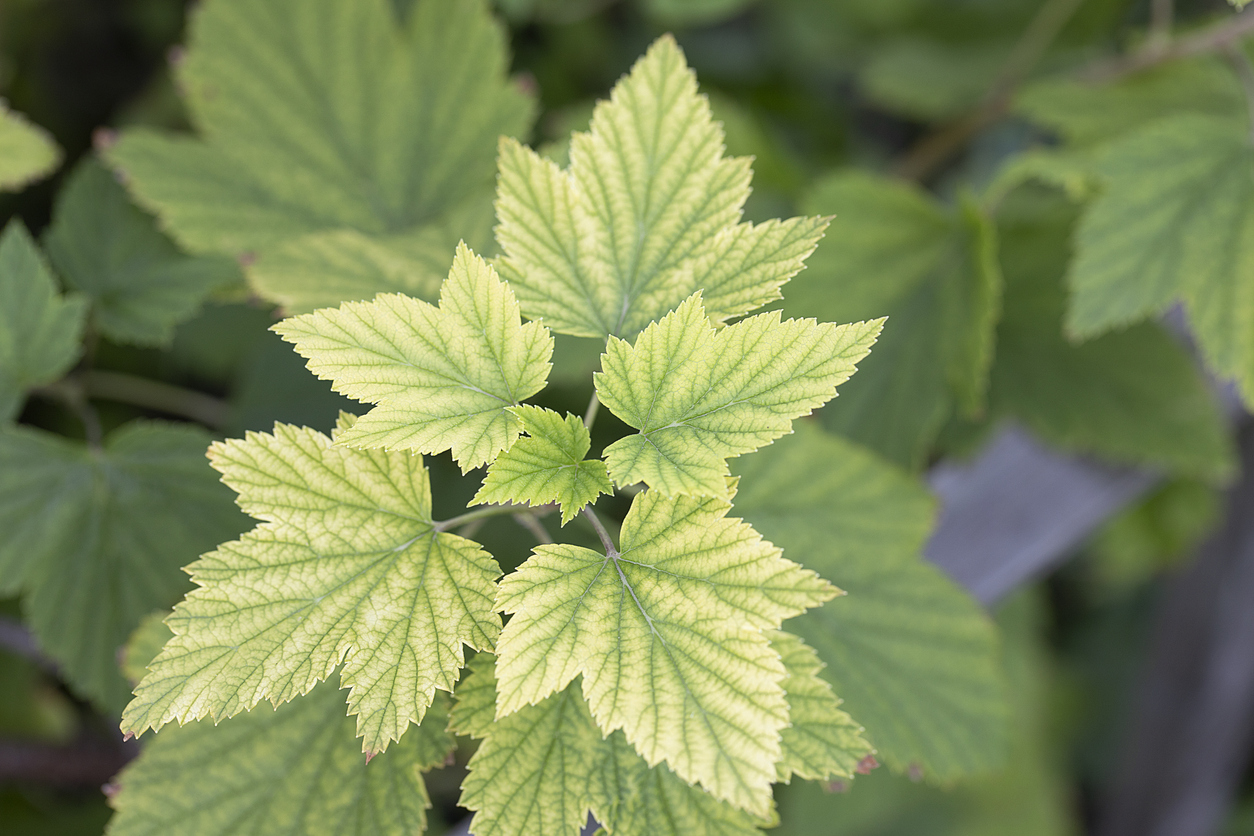
Students discuss the definition of “fertilizer” and relate it to plant nutrition and the need to restore nutrient balance in agricultural soils. They discuss how people and crops can suffer from nutrient deficiencies. Students assume the roles of plant doctors and diagnose nutrient deficiencies in corn plants.
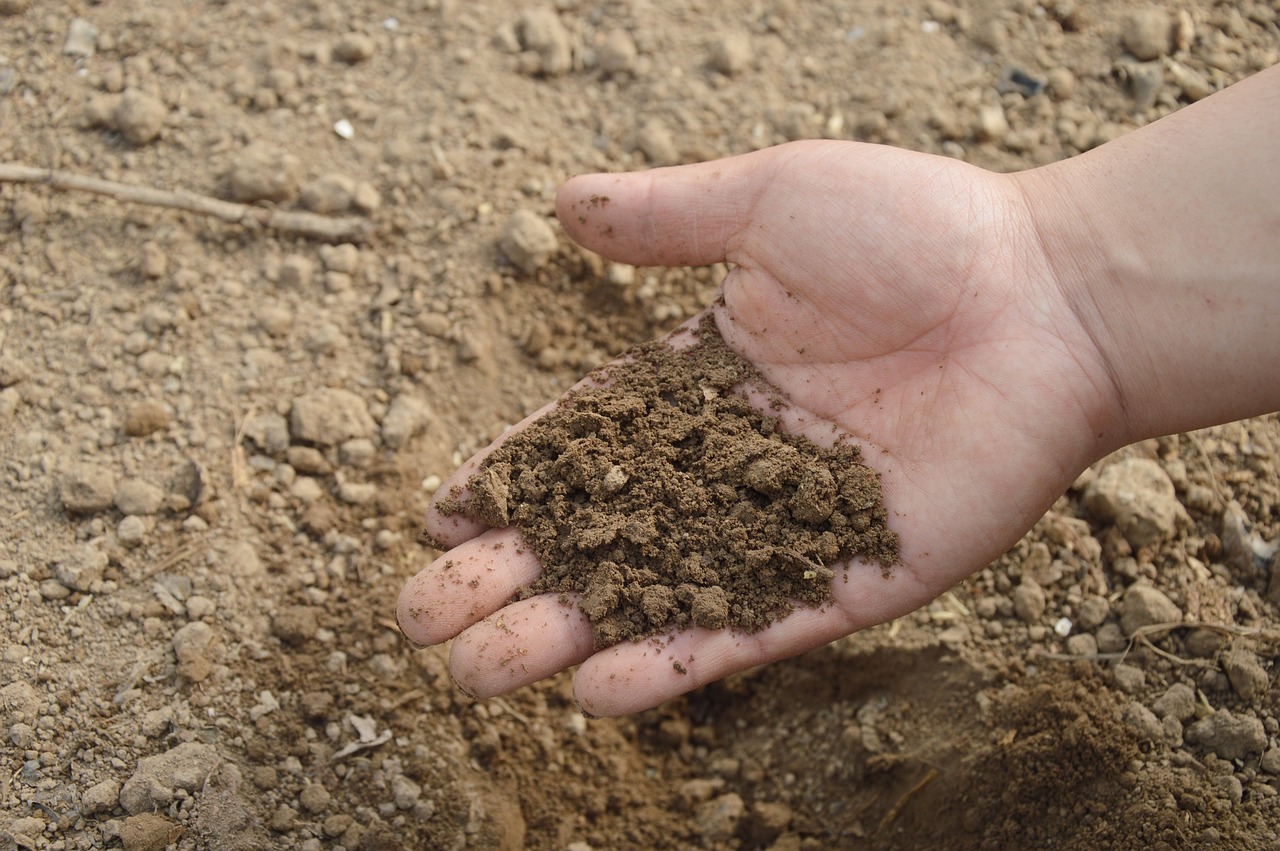
Students examine the components of different soils and recognize how sand, silt, and clay particles affect air space and water absorption.
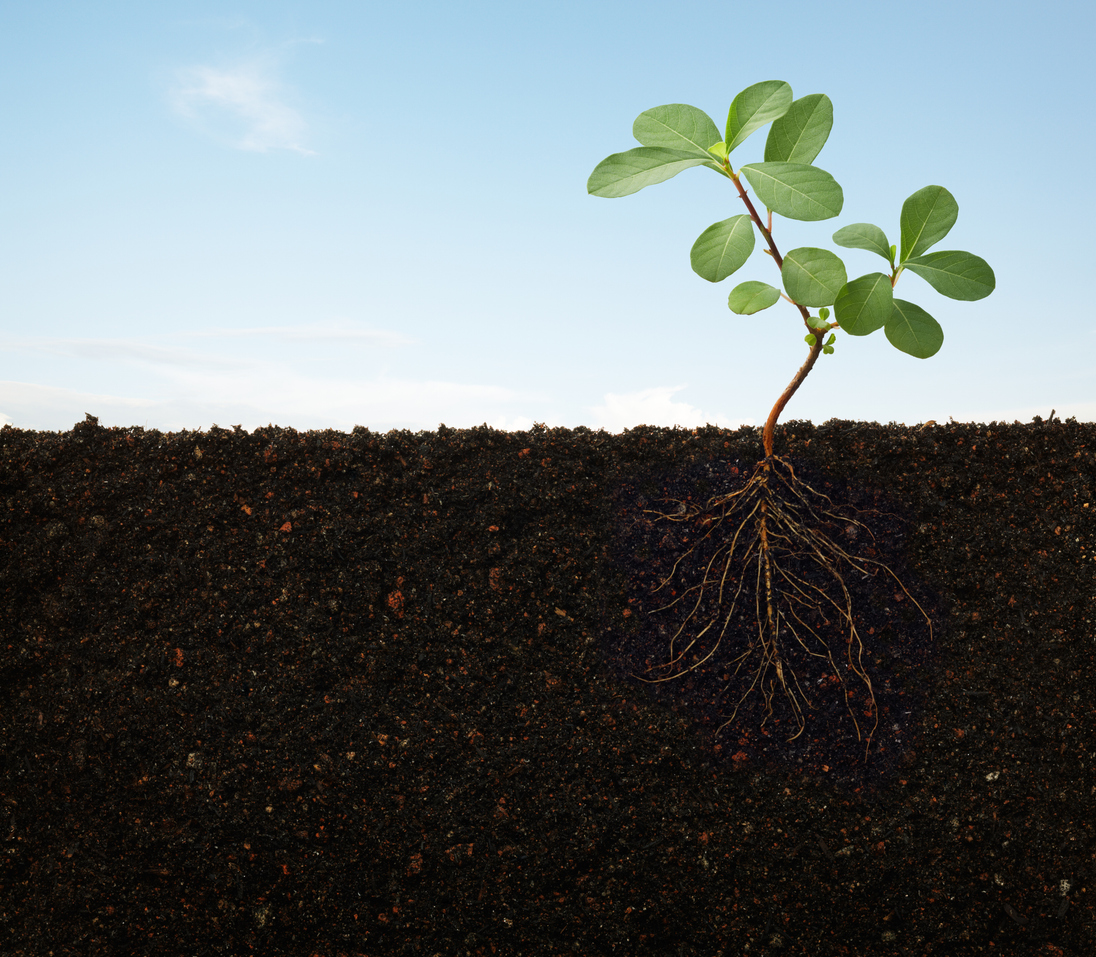
Students will recognize that plants remove nutrients from the soil, explain the roles of diffusion and active transport in moving nutrients from the soil to the plant, and relate the root and vascular systems of the plant to the human circulatory system.
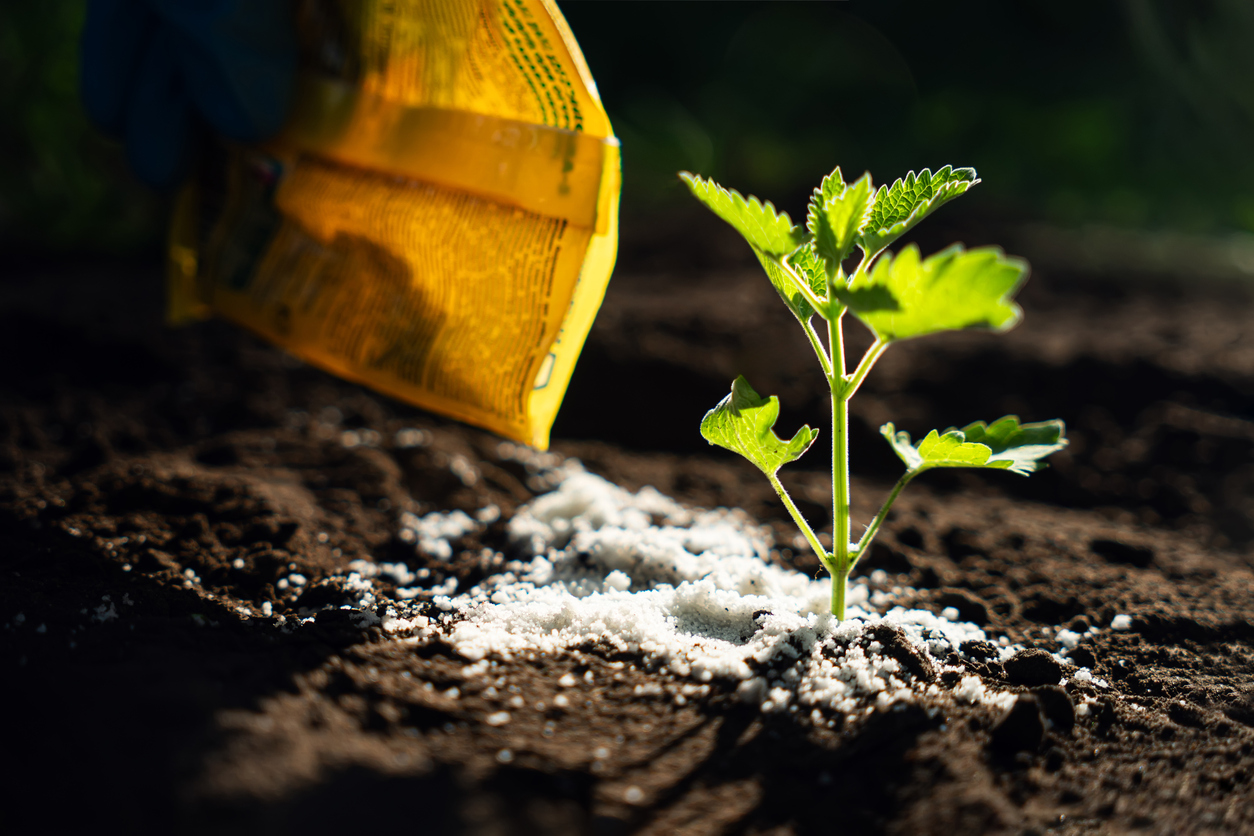
In this lesson, students will learn how to read a fertilizer label, understand the components of fertilizers, and explore factors for choosing the appropriate fertilizer for a given situation. Students will use their knowledge and conduct research on one type of soil supplement to design a persuasive product advertisement.
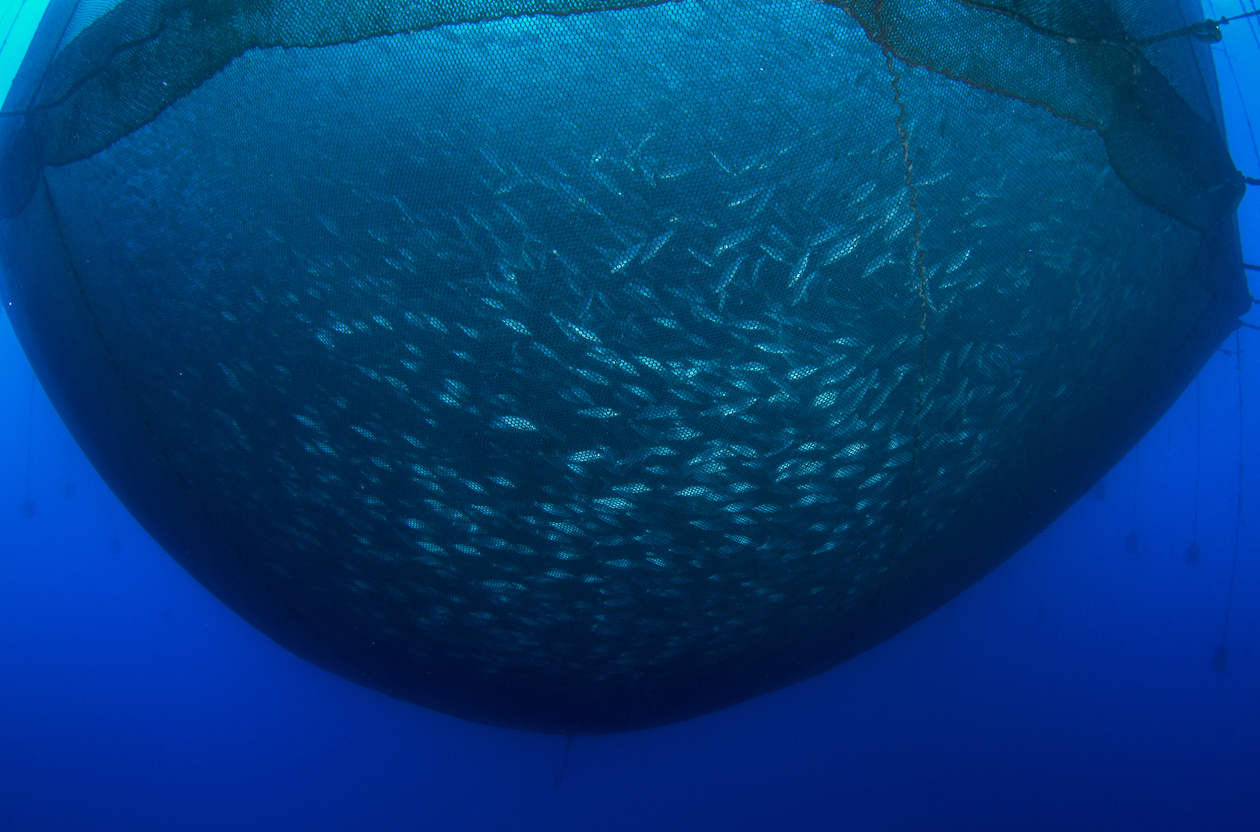
Students discover the sources of various fish and seafood, compare wild-caught and farm-raised aquaculture systems, and use a simulation to learn how overfishing can damage the ocean ecosystem.
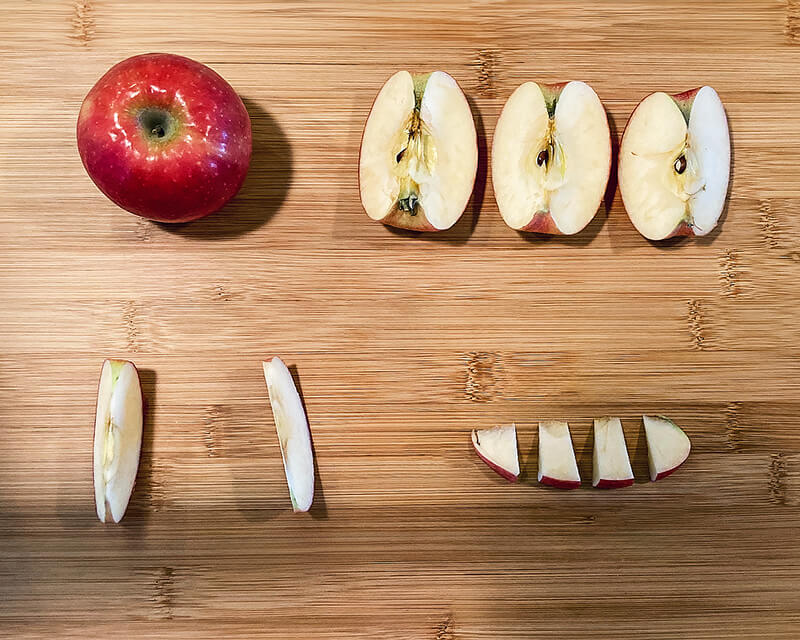
Students use an apple to represent the Earth and discover how our land resources are used. Through critical thinking, students discover why topsoil is a nonrenewable resource, the importance of soil to our food supply, and factors that impact topsoil distribution in different regions.
Students will explore various ways that have been used to preserve food over the ages. They will also learn about techniques used to process food today and hypothesize about other methods scientists might use to process food safely in the future. Finally, students will conduct a simulation of high pressure treatment and discover how it destroys bacteria without crushing the food.